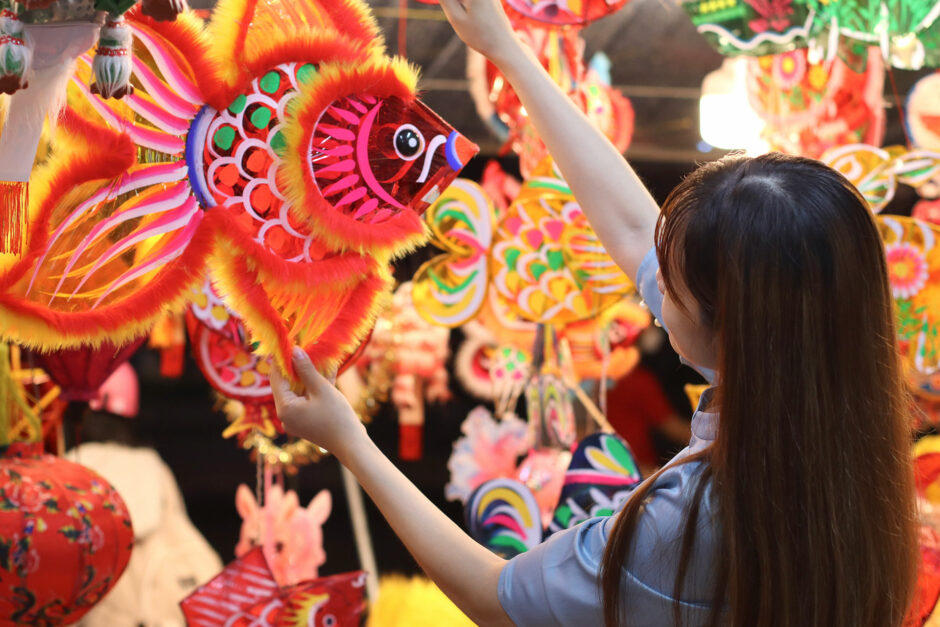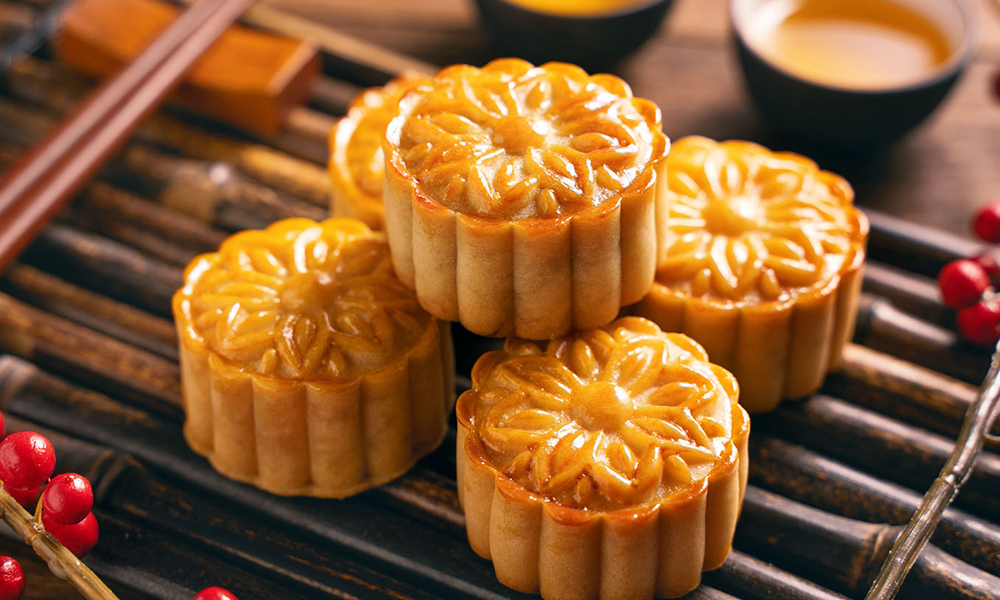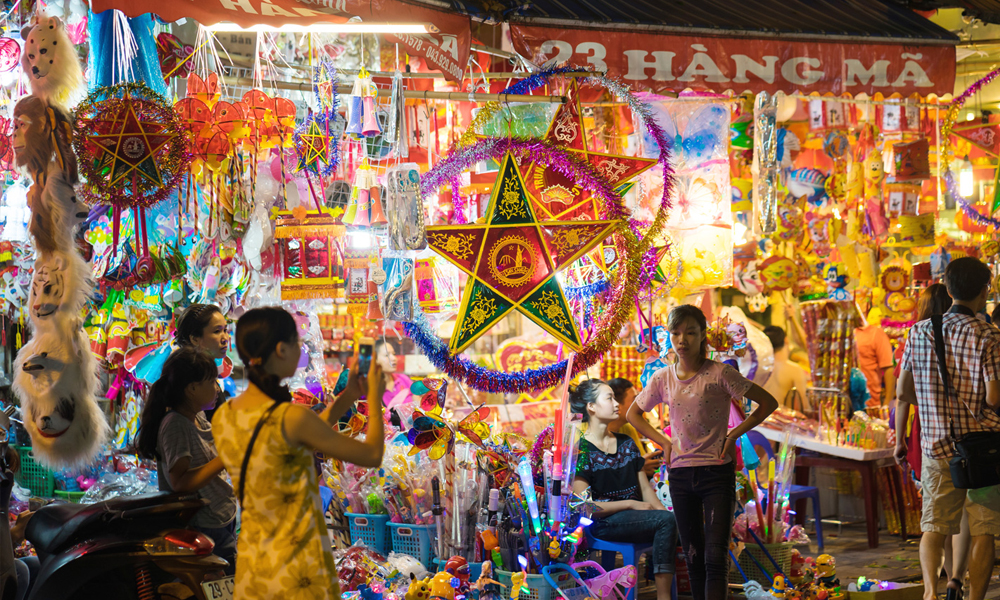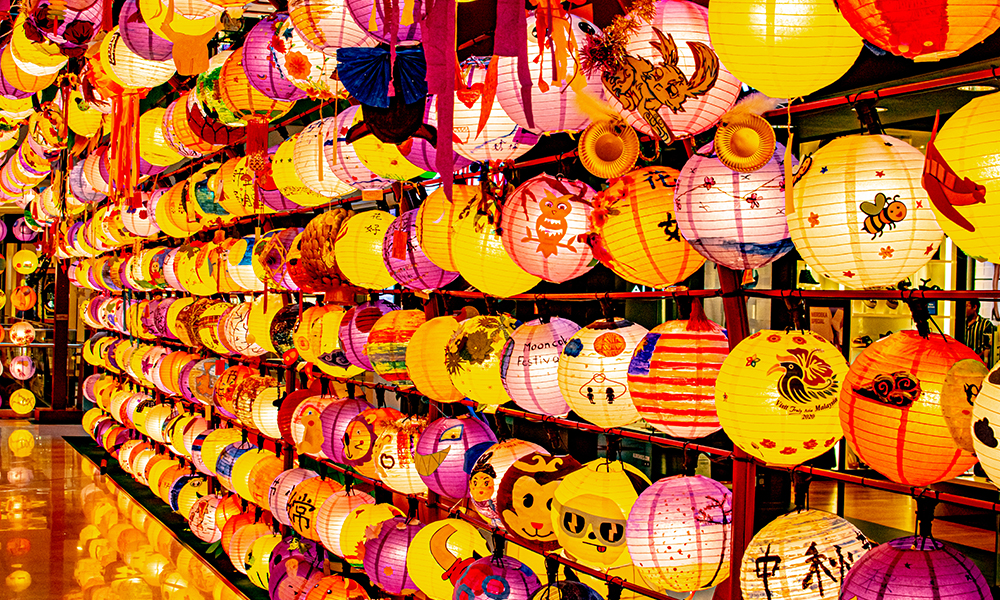Perk Up with 6 Tasteful Malaysian Drinks
Lighten your mood and rejuvenate your senses with 6 must-try Malaysian drinks!
Discover the authentic in Asian cuisine food

The 15th day in the 8th month of the Lunar calendar is the Mid-Autumn Moon Fest. During which, the full moon graces the night sky, and people rekindle their bonds with loved ones through auspicious rituals, merrymaking and lots of tasty foods.
Believed to have originated from ancient China to celebrate the season’s harvest, the Mid-Autumn Moon Fest has long since spread and incorporated into various cultures across Asia, each with their own centuries-long legacy and unique festive traditions.

Celebrated since the Song Dynasty over 2,000 years ago, Chinese Moon Fest is called Zhong Qiu Jie; literally translates to Mid-Autumn Festival and comes with an origin myth between two magical lovers. But although romance is a theme of the festival, the main traditional celebration is all about family reunion and sharing the festive joy with the community.

Round lanterns that resemble the full moon adorn the streets, markets, temples and other public spaces; while multicoloured cylindrical accordion-fold lanterns brighten homes. Some Chinese regions also have colour-paper lanterns for children to play with, shaped as auspicious animals like the rooster, gold fish and dragon. Modern Moon Fest lanterns for kids may even be crafted into popular cartoon characters.

Celebration foods are prepared weeks ago, especially the titular Mooncake – a delicious chewy pastry adorned with auspicious motifs, and typically made from lotus seed paste with a sweet filling and salted egg yolk. Besides the traditional recipe, there are also many variants and flavours of Mooncakes, and modern pastry chefs are always coming up with new ones.
On Moon Fest evening, Chinese families would set up an incense altar on a table, arranged with pomelo, pastries and special dishes to worship the moon. After having a reunion dinner, adults would sit around and chit-chat with tea and supper snacks while their children played, and lovers may seek out private spots to admire the full moon.

Tsukimi means ‘Moon Watch’, and similar to Chinese Moon Fest, it is an auspicious full moon celebration with friends and family. Festive rituals include decorating the roof of your home with Susuki pampas grass to welcome nature’s bounty; donning a kimono and a visit to the local shrine to light an incense for good health, and enjoy traditional song and dance performances that worship the moon. Some Chinatowns in Japan may even feature lion dances!

Although Chinese-style mooncakes are enjoyed as well, the must-have snack for Japanese Moon Fest is the Tsukimi Dango – round, sweet and chewy rice flour dumplings that represent the full moon; savoured with matcha tea. Besides that, a warm and scrumptious bowl of Tsukimi Udon adds umami pleasure to full moon-viewing with your loved ones.

Korean Moon Fest Chuseok is akin to Thanksgiving and is celebrated for 3 days, beginning on the 15th day of the 8th Lunar calendar month – a major festival for Koreans to return to their hometowns for family reunion.
Like the Chinese and Japanese Moon Fest, Chuseok is also a harvest festival when produce is most abundant, and celebration is communal.

On the first Chuseok morning, Korean families gather round for an ancestral worship ceremony called Charye. After which, the family would share a meal with festive dishes like Toran Guk taro soup, Galbijjim braised beef ribs, Japchae noodles, Jeon pancakes, pickled veggies and Shikhae rice malt drink. Songpyeon rice cake is the equivalent festive snack to Chinese Mooncake and Tsukimi dumpling.
On the first full moon night, women would dress in traditional Hanbok to sing and dance, hand-in-hand in a circle. The next three days and evenings are packed with more delicious food and bonding activities with loved ones!

Vietnamese Moon Fest is called Tết Trung Thu, also known as Vietnamese children’s day. A tradition born from Vietnam’s agrarian past, when parents toiled for the season’s harvest and thus Moon Fest became a day for them to spend entirely with their kids. During the day, kids would also perform lion dances to ward off bad luck and evil spirits for the whole community. At night, all the neighbourhood’s children parade the streets with colourful lanterns, accompanied by their parents and singing festive songs.

Mooncakes are a festival staple; similar to the Chinese versions, and comes with a plethora of yummy ingredients and flavours. Besides that, Dau Xanh Vung sesame rice balls similar to Jian Dui is also a Tết Trung Thu snack. Other festive foods include steamed Banh Bao with savoury pork or veggie filling, Pate Chaud pies with a crisp, flaky crust and packed with yummy ground pork, Bahn Cuon steamed rice-paper rolls, Cha Gio fried spring rolls, roast duck, and the Five-Fruit Tray.
The Five-Fruit Tray is also an ancestral offering for their traditional Moon Fest ritual, which may feature kumquat, peach, banana, persimmons, pomelo, mangos, papaya and more.

The Chinese descendants of Thailand, Malaysia and Singapore have similar Moon Fest traditions, kept alive since their ancestors settled there centuries ago.

For Thai Chinese, Moon Fest is a time to honour Guanyin and the Eight Immortals of Taoist mythology, with temple visits or home-staged altars. Gift-giving among friends, family and neighbours is common as well.

Similarly, Malaysian and Singaporean Chinese also celebrate Moon Fest with mooncakes gifted in beautiful boxes, family gatherings, temple visits, colourful lanterns and ancestral worship. Check out our linked deep dive feature articles to experience them!

Lighten your mood and rejuvenate your senses with 6 must-try Malaysian drinks!

Pair your hearty barbecues with these refreshing Asian delights!

What are the properties of ginger, and how to pick, store and use ginger in your cooking? Find out here!